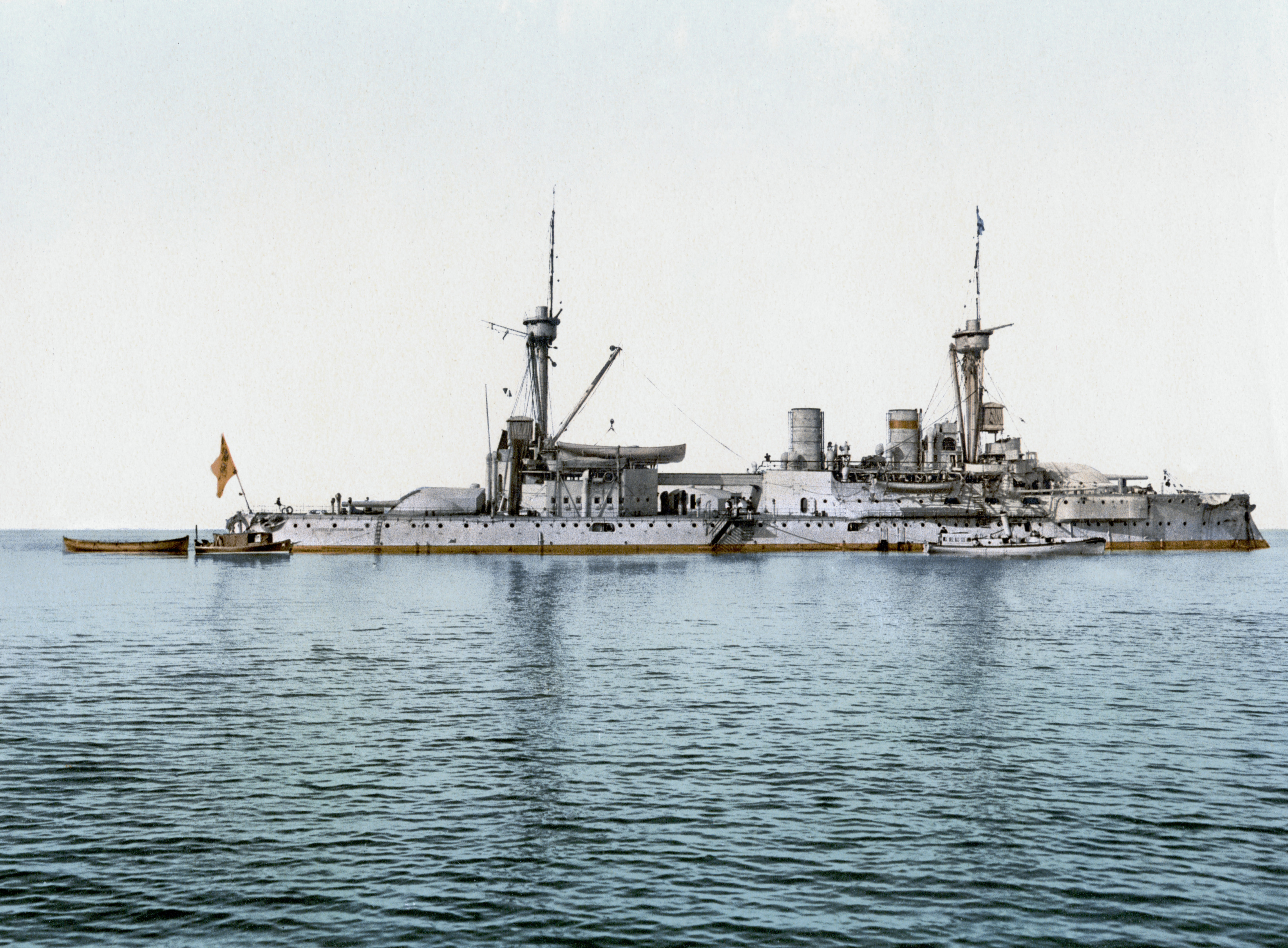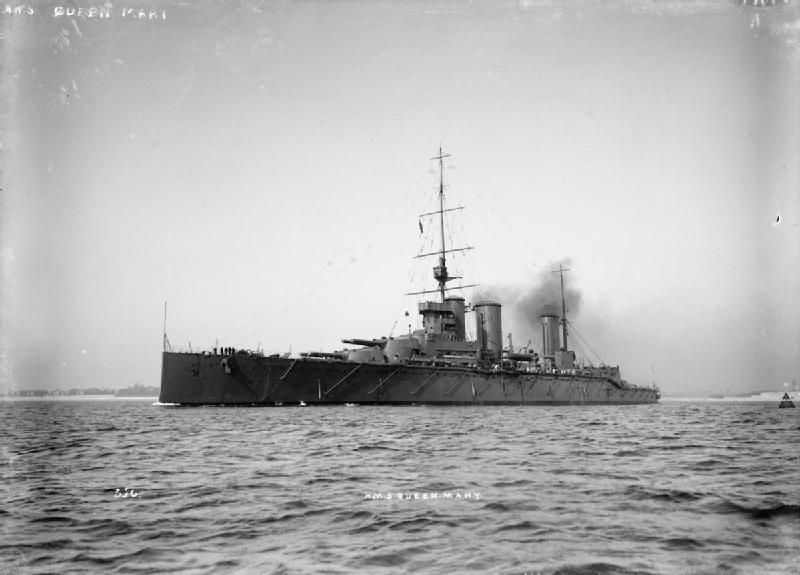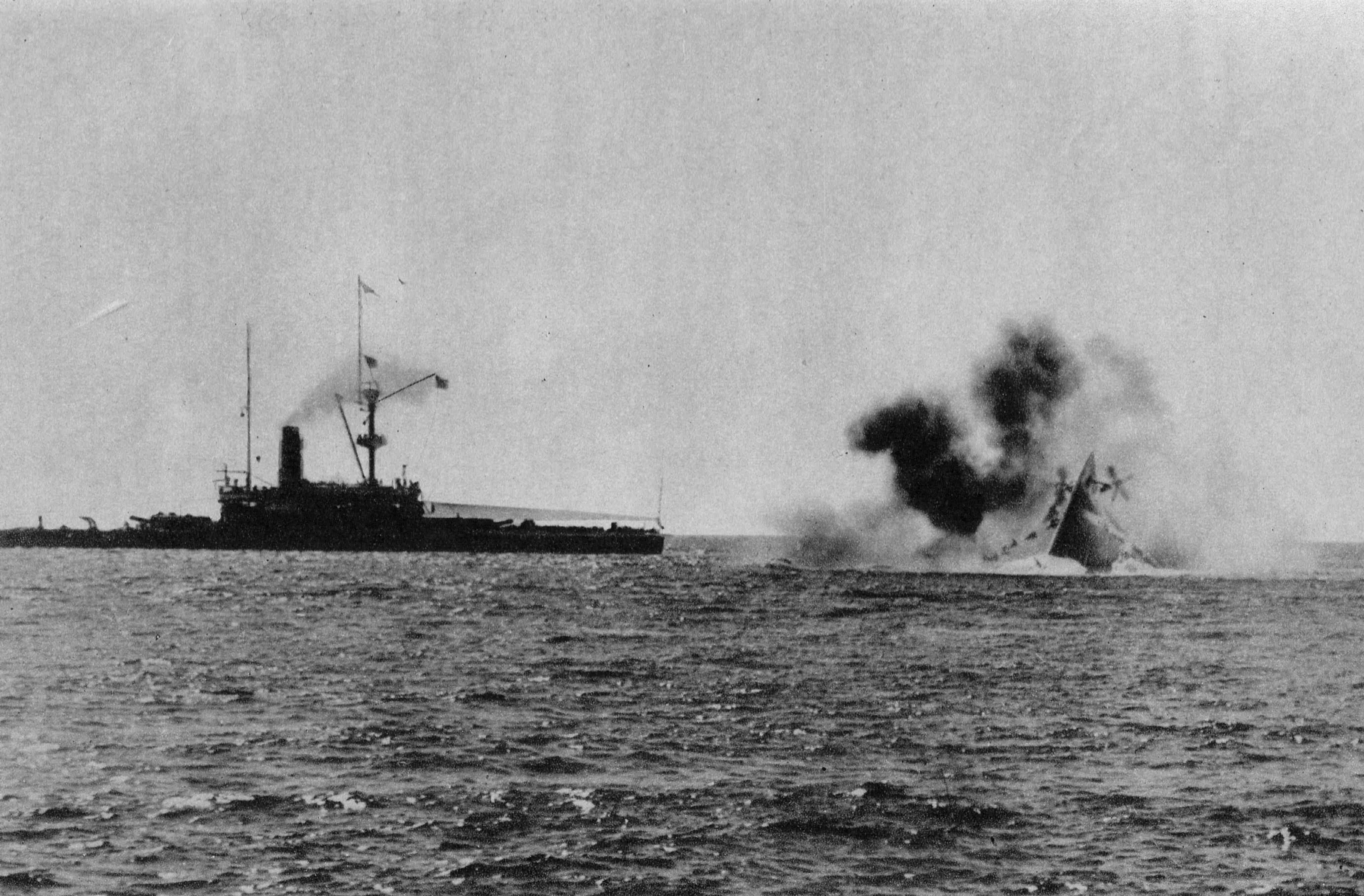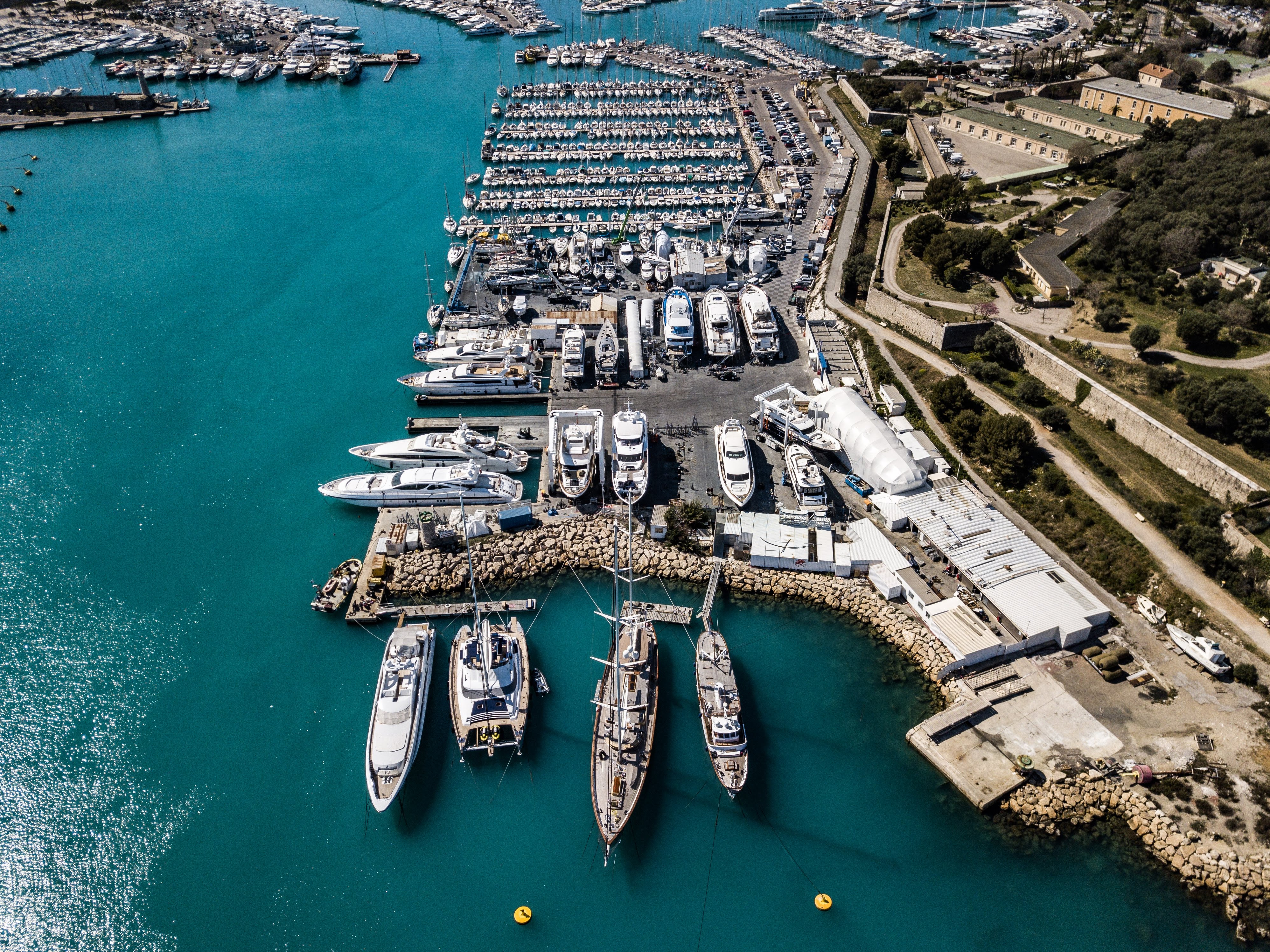|
HMS Nomad
HMS ''Nomad'' was an built for the Royal Navy during the First World War. She was sunk during the Battle of Jutland in 1916. Description The Admiralty M class were improved and faster versions of the preceding .Gardiner & Gray, p. 76 They displaced . The ships had an overall length of , a beam of and a draught of . They were powered by three Parsons direct-drive steam turbines, each driving one propeller shaft, using steam provided by four Yarrow boilers. The turbines developed a total of and gave a maximum speed of . The ships carried a maximum of of fuel oil that gave them a range of at . The ships' complement was 76 officers and ratings.Friedman, p. 298 The ships were armed with three single QF Mark IV guns and two QF 1.5-pounder (37 mm) anti-aircraft guns. These latter guns were later replaced by a pair of QF 2-pounder (40 mm) "pom-pom" anti-aircraft guns. The ships were also fitted with two above water twin mounts for torpedoes. Construction and ... [...More Info...] [...Related Items...] OR: [Wikipedia] [Google] [Baidu] |
Alexander Stephen And Sons
Alexander Stephen and Sons Limited, often referred to simply as Alex Stephens or just Stephens, was a Scottish shipbuilder, shipbuilding company based in Linthouse, Glasgow, on the River Clyde and, initially, on the east coast of Scotland. History The company's roots can be found in Alexander Stephen (1722–1793) who began shipbuilding at Burghead on the Moray Firth in 1750.Records of Alexander Stephen & Sons Ltd, shipbuilders and engineers, Linthouse, Govan, Glasgow, Scotland University of Glasgow Archives In 1793 William Stephen (1759–1838), a descendant of his, established a firm of shipbuilders at Footdee in Aberdeen. [...More Info...] [...Related Items...] OR: [Wikipedia] [Google] [Baidu] |
Parsons Marine Steam Turbine Company
Parsons Marine Steam Turbine Company was a United Kingdom of Great Britain and Ireland, British engineering company based on the River Tyne at Wallsend, North East England. History Charles Algernon Parsons founded the company in 1897 with £500,000 of capital. It specialised in building the steam turbine engines that he had invented for marine use. The first vessel powered by a Parsons turbine was ''Turbinia'', launched in 1894. The successful demonstration of this vessel led to the creation of the company and the building of engines for the first two turbine-powered destroyers for the Royal Navy, and , launched in 1899. Although both these vessels came to grief, the new engines were not to blame, and the British Admiralty, Admiralty was convinced. Parsons' son became a director in the company and was replaced during the First World War by his daughter Rachel Mary Parsons, Rachel Parsons. Parsons turbines powered the Royal Navy's first turbine powered battleship, , and the wor ... [...More Info...] [...Related Items...] OR: [Wikipedia] [Google] [Baidu] |
The National Archives (United Kingdom)
The National Archives (TNA; ) is a non-ministerial government department, non-ministerial department of the Government of the United Kingdom. Its parent department is the Department for Culture, Media and Sport of the United Kingdom, United Kingdom of Great Britain and Northern Ireland. It is the official National archives, national archive of the UK Government and for England and Wales; and "guardian of some of the nation's most iconic documents, dating back more than 1,000 years." There are separate national archives for Scotland (the National Records of Scotland) and Northern Ireland (the Public Record Office of Northern Ireland). TNA was formerly four separate organisations: the Public Record Office (PRO), the Royal Commission on Historical Manuscripts, Historical Manuscripts Commission, the Office of Public Sector Information (OPSI) and Office of Public Sector Information, His Majesty's Stationery Office (HMSO). The Public Record Office still exists as a legal entity, as ... [...More Info...] [...Related Items...] OR: [Wikipedia] [Google] [Baidu] |
Franz Von Hipper
Franz Ritter von Hipper (born Franz Hipper; 13 September 1863 – 25 May 1932) was an admiral in the German Imperial Navy, (''Kaiserliche Marine'') who played an important role in the naval warfare of World War I. Franz von Hipper joined the German Navy in 1881 as an officer cadet. He commanded several torpedo boat units and served as watch officer aboard several warships, as well as Kaiser Wilhelm II's yacht . Hipper commanded several cruisers in the reconnaissance forces before being appointed commander of the I Scouting Group in October 1913. He is most famous for commanding the German battlecruisers of the I Scouting Group during World War I, particularly at the Battle of Jutland on 31 May – 1 June 1916. During the war, Hipper led the German battlecruisers on several raids of the English coast, for which he was vilified in the English press as a "baby killer". His squadron clashed with the British battlecruiser squadron at the Battle of Dogger Bank in January 19 ... [...More Info...] [...Related Items...] OR: [Wikipedia] [Google] [Baidu] |
Battlecruiser
The battlecruiser (also written as battle cruiser or battle-cruiser) was a type of capital ship of the first half of the 20th century. These were similar in displacement, armament and cost to battleships, but differed in form and balance of attributes. Battlecruisers typically had thinner armour (to a varying degree) and a somewhat lighter main gun battery than contemporary battleships, installed on a longer hull with much higher engine power in order to attain greater speeds. The first battlecruisers were designed in the United Kingdom as a successor to the armoured cruiser, at the same time as that the dreadnought succeeded the pre-dreadnought battleship. The goal of the battlecruiser concept was to outrun any ship with similar armament, and chase down any ship with lesser armament; they were intended to hunt down slower, older armoured cruisers and destroy them with heavy gunfire while avoiding combat with the more powerful but slower battleships. However, as more and more ... [...More Info...] [...Related Items...] OR: [Wikipedia] [Google] [Baidu] |
John Jellicoe, 1st Earl Jellicoe
Admiral of the Fleet John Rushworth Jellicoe, 1st Earl Jellicoe, (5 December 1859 – 20 November 1935) was a Royal Navy officer. He fought in the Anglo-Egyptian War and the Boxer Rebellion and commanded the Grand Fleet at the Battle of Jutland in May 1916 during the First World War. His handling of the fleet at that battle was controversial. Jellicoe made no serious mistakes and the German High Seas Fleet retreated to port, at a time when defeat would have been catastrophic for Britain, but the public was disappointed that the Royal Navy had not won a more dramatic victory given that they outnumbered the enemy. Jellicoe later served as First Sea Lord, overseeing the expansion of the Naval Staff at the Admiralty and the introduction of convoys, but was relieved at the end of 1917. He also served as the governor-general of New Zealand in the early 1920s. Early life Jellicoe was born on 5 December 1859 in Southampton, Hampshire. Jellicoe was the son of John Henry Jellicoe, a capta ... [...More Info...] [...Related Items...] OR: [Wikipedia] [Google] [Baidu] |
National Maritime Museum
The National Maritime Museum (NMM) is a maritime museum in Greenwich, London. It is part of Royal Museums Greenwich, a network of museums in the Maritime Greenwich World Heritage Site. Like other publicly funded national museums in the United Kingdom, it has no general admission charge; there are admission charges for most side-gallery temporary exhibitions, usually supplemented by many loaned works from other museums. Creation and official opening The museum was created by the National Maritime Museum Act 1934 under a Board of Trustees, appointed by HM Treasury. It is based on the generous donations of Sir James Caird (1864–1954). King George VI formally opened the museum on 27 April 1937 when his daughter Princess Elizabeth accompanied him for the journey along the Thames from London. The first director was Sir Geoffrey Callender. Collection Since the earliest times Greenwich has had associations with the sea and navigation. It was a landing place for the Romans, ... [...More Info...] [...Related Items...] OR: [Wikipedia] [Google] [Baidu] |
Grand Fleet
The Grand Fleet was the main battlefleet of the Royal Navy during the First World War. It was established in August 1914 and disbanded in April 1919. Its main base was Scapa Flow in the Orkney Islands. History Formed in August 1914 from the First Fleet and part of the Second Fleet of the Home Fleets, the Grand Fleet included 25–35 modern capital ships. It was commanded initially by Admiral Sir John Jellicoe.Heathcote, p. 130 The 10th Cruiser Squadron carried out the Northern Patrol between Shetland and Norway and cruisers from Cromarty and Rosyth operated a second line (and screened the fleet) in enforcing the blockade of Germany. The administrative complications of the distant blockade across the northern exits of the North Sea overwhelmed the capacity of Vice Admiral Francis Miller, the Base Admiral in Chief from 7 August 1914, devolving on the commander in chief, Admiral John Jellicoe. To relieve the administrative burdens on Miller and Jellicoe, the post of the ... [...More Info...] [...Related Items...] OR: [Wikipedia] [Google] [Baidu] |
13th Destroyer Flotilla
The British 13th Destroyer Flotilla, or Thirteenth Destroyer Flotilla, was a naval formation of the Royal Navy from November 1915 – November 1918 and again from September 1939 to January 1944. History World War One The flotilla was first formed in November 1915 and was assigned to the Grand Fleet. Between 31 May and 1 June 1916 it was present at the Battle of Jutland as part of the Battle Cruiser Fleet. It remained with the Grand Fleet until November 1918 and was disbanded in March 1919. Second World War In September 1939 the flotilla was re-established and assigned to the North Atlantic Command at Gibraltar Gibraltar ( , ) is a British Overseas Territories, British Overseas Territory and British overseas cities, city located at the southern tip of the Iberian Peninsula, on the Bay of Gibraltar, near the exit of the Mediterranean Sea into the A .... On 29 January 1943 it was operating within the command as part of the Gibraltar Escort Force until 2 July 1943. The fl ... [...More Info...] [...Related Items...] OR: [Wikipedia] [Google] [Baidu] |
Ship Naming And Launching
Ceremonial ship launching involves the performing of ceremonies associated with the process of transferring a vessel to the water. It is a nautical tradition in many cultures, dating back millennia, to accompany the physical process with ceremonies which have been observed as public celebration and a solemn blessing, usually but not always, in association with the launch itself. Ship launching imposes stresses on the ship not met during normal operation and in addition to the size and weight of the vessel represents a considerable engineering challenge as well as a public spectacle. The process also involves many traditions intended to invite good luck, such as christening by breaking a sacrificial bottle of champagne over the bow as the ship is named aloud and launched. Methods There are three principal methods of conveying a new ship from building site to water, only two of which are called "launching". The oldest, most familiar, and most widely used is the end-on la ... [...More Info...] [...Related Items...] OR: [Wikipedia] [Google] [Baidu] |
Shipyard
A shipyard, also called a dockyard or boatyard, is a place where ships are shipbuilding, built and repaired. These can be yachts, military vessels, cruise liners or other cargo or passenger ships. Compared to shipyards, which are sometimes more involved with original construction, dockyards are sometimes more linked with maintenance and basing activities. The terms are routinely used interchangeably, in part because the Shipyard#History, evolution of dockyards and shipyards has often caused them to change or merge roles. Countries with large shipbuilding industries include Australia, Brazil, China, Croatia, Denmark, Finland, France, Germany, India, Republic of Ireland, Ireland, Italy, Japan, the Netherlands, Norway, the Philippines, Poland, Romania, Russia, Singapore, South Korea, Sweden, Taiwan, Turkey, the United Arab Emirates, Ukraine, the United Kingdom, the United States and Vietnam. The shipbuilding industry is more fragmented in Economy of Europe, Europe than in Econom ... [...More Info...] [...Related Items...] OR: [Wikipedia] [Google] [Baidu] |
Naval Rating
In military terminology, a rate or rating (also known as bluejacket in the United States) is a junior enlisted sailor in a navy who is below the military rank of warrant officer. Depending on the country and navy that uses it, the exact term and the range of ranks that it refers to may vary. Royal Navy In the Royal Navy (RN) and other navies in the Commonwealth, ''rate'' and ''rating'' are interchangeably used to refer to an enlisted sailor who is ranked below warrant officers and commissioned officers, but may include petty officers and chief petty officers. Specifically, ''rate'' is the term used to describe generically all members of all ranks below a warrant officer; whereas ''rating'' is part of the official name of individual specific ranks, such as Able Rating and Leading Rating. The term comes from the general nautical usage of 'rating', to refer to a seaman's class or grade as recorded in the ship's books. The system of conferring authority on sailors i ... [...More Info...] [...Related Items...] OR: [Wikipedia] [Google] [Baidu] |








